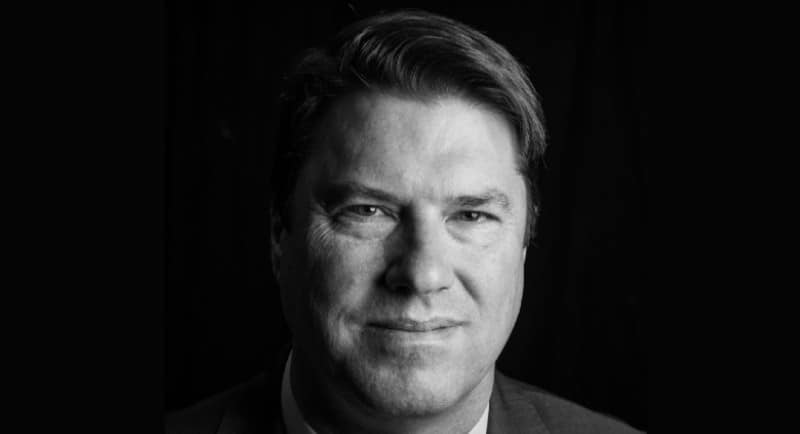Rugby Australia wants the government to guarantee that more Wallabies, Wallaroos and Super Rugby matches are shown on free-to-air primary channels.
Hamish McLennan, chairman of Rugby Australia, noted that the current anti-siphoning laws have been beneficial to sporting bodies, unlike the AFL, NRL and tennis, who have called it “unfairly anti-competitive” and “unreasonable,” as reported by the AFR’s Sam Buckingham-Jones.
McLennan told the publication: “I think the AFL, NRL and Cricket have proven you can have your cake and eat it too. Australia has one of the healthiest traditional media ecosystems in the world, and the anti-siphoning regime has gone a long way to protect it.”
The current list of important sporting events has led to big sports deals made over the last year, and the current scheme, currently being reviewed by the Albanese government, will expire in April.
Among the sporting events in the current scheme are all AFL and NRL games, the Australian Open Melbourne Cup, Commonwealth Games, as well as the summer and winter Olympics.
McLennan and Rugby Australia explained that he wants their upcoming events to be part of that list such as the Wallabies and Wallaroos games in Australia and New Zealand, the Rugby World Cup, Super Rugby men’s and Super W women’s finals.
“It’s critical we get the combination right for the men and women,” he told the publication.
Rugby Australia had a different take on making a submission to the Coalition of Major Professional and Participation Sports (COMPPS), which represents the view that the anti-siphoning list was restricting media rights as the most important revenue stream for sports.
McLennan explained to the AFR that his aim is to grow the sport and expand its coverage by balancing free-to-air with a subscription or streaming platform.
“The recent round of NRL, AFL, tennis and cricket negotiations would suggest that having a component on free-to-air hasn’t hurt.”
Last year, Mediaweek to a deeper look into anti-siphoning laws and what they mean for Australian sports on TV.
See also: Explained: The nuts and bolts of Australia’s anti-siphoning laws
–
Top image: Hamish McLennan
